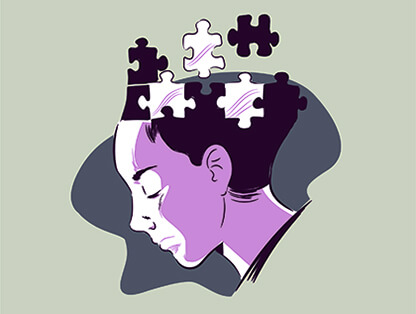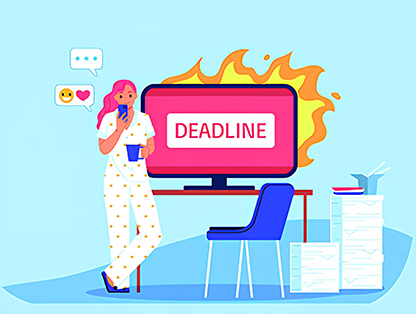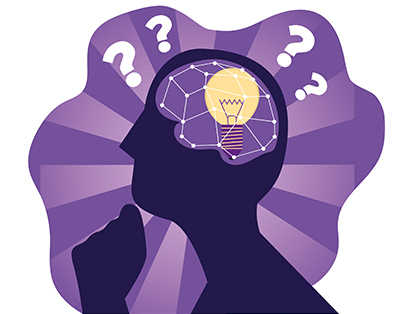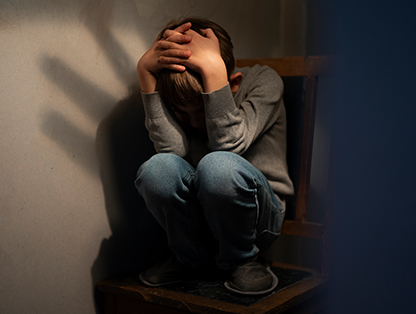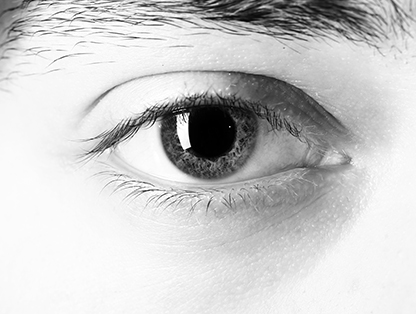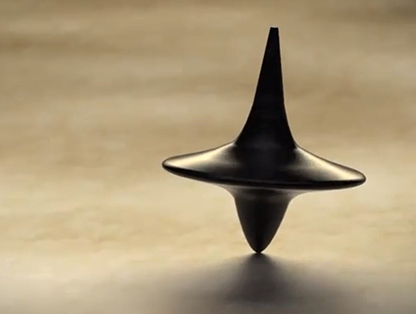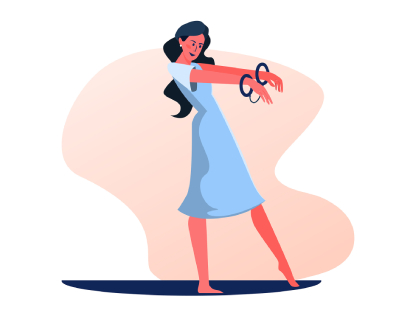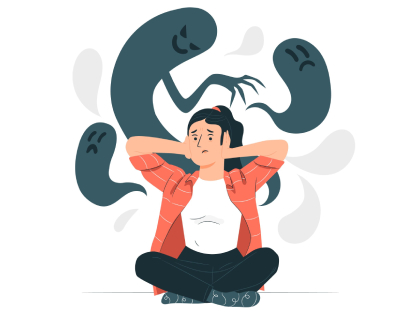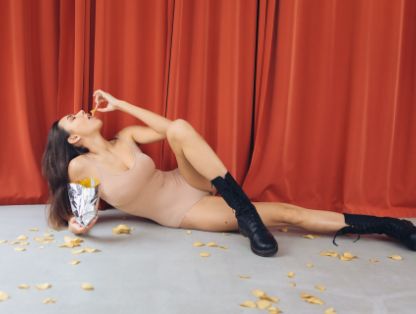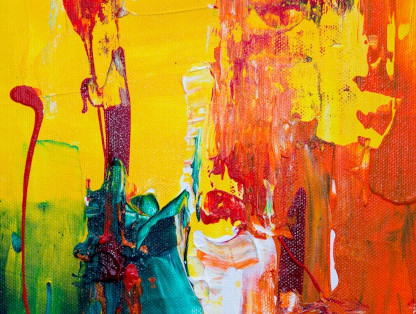What is trypophobia?
Trypophobia is an aversion or fear of clusters of small holes, bumps, or patterns. People with trypophobia may experience symptoms such as anxiety, disgust, and even physical reactions such as itching or goosebumps when they see or imagine such patterns. The condition is not officially recognized as a phobia in the Diagnostic and Statistical Manual of Mental Disorders (DSM-5),but it has gained recognition as a specific phobia in popular culture and online communities.
Why can we be afraid of holes and clusters?
Opinions of researchers on this matter vary. For example, psychological scientists Arnold Wilkins and Geoff Cole of the University of Essex put forward a theory in their study that the basis of this phobia is a person's innate fear of dangerous animals. Poisonous snakes, frogs, octopuses, spiders, scorpions, alligators have clusters of bumps and holes on their skin. Aversion to such patterns helped humans to survive for millennia.
Other scientists believe that such fear is based on a desire to avoid disease and a feeling of disgust towards such manifestations on the infected human body. Diseases such as measles, leprosy, and smallpox have killed far more people than any dangerous animals. Tom Kupfer from the University of Kent suggests in his research that trypophobia was inherited from our ancestors as a reaction that helped them stay away from sick people. Such a behavioral mechanism provided additional chances for survival.
Can you have a fear of small holes?
According to various estimates, about 5% of the population exhibit fear of holes to some degree. To assess the degree of these symptoms, we have developed this trypophobia test. You will need to rate on a scale from 0 to 5 how unpleasant each of the 20 presented pictures makes you feel, where zero means that the picture does not cause you any anxiety, disgust, or other unpleasant emotions or physical manifestations.
The test is simple and completely free, and it only takes a few minutes for most people to complete. Based on your answers, you will be provided with an instant result that indicates the severity of your symptoms and the possibility of trypophobia.
WARNING!
The images used in the test may cause unpleasant emotions and serve as a trigger for panic attacks and other negative psychological reactions. The authors of the test are not responsible for the consequences of such reactions. By starting this test, you confirm that you are aware of this and will not make any claims against the authors of the test. If you believe that the trypophobia symptom test may harm you, refrain from taking it and switch to our other personality tests. Press the Start button to launch the test.



